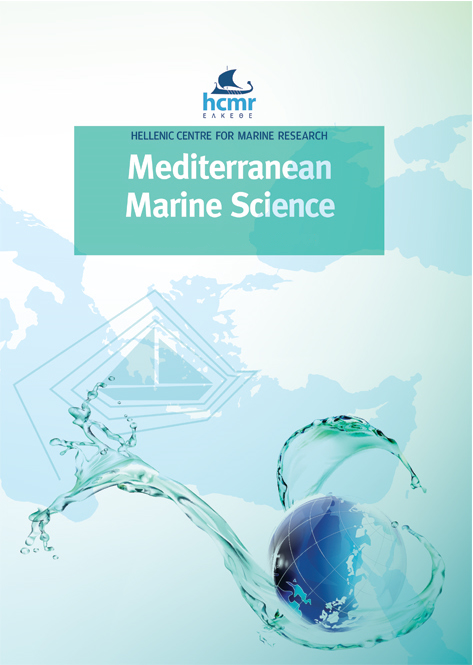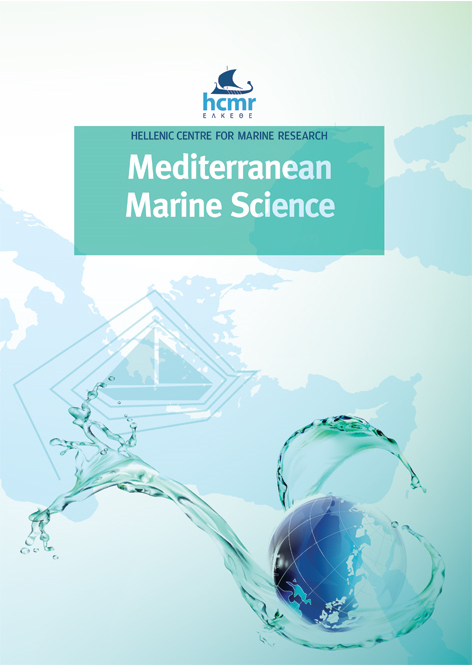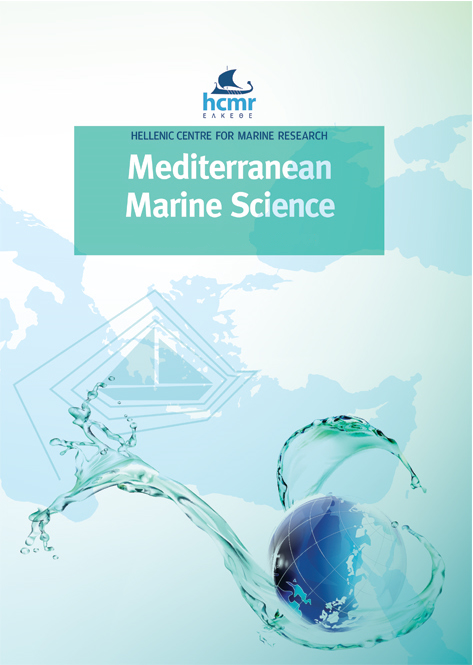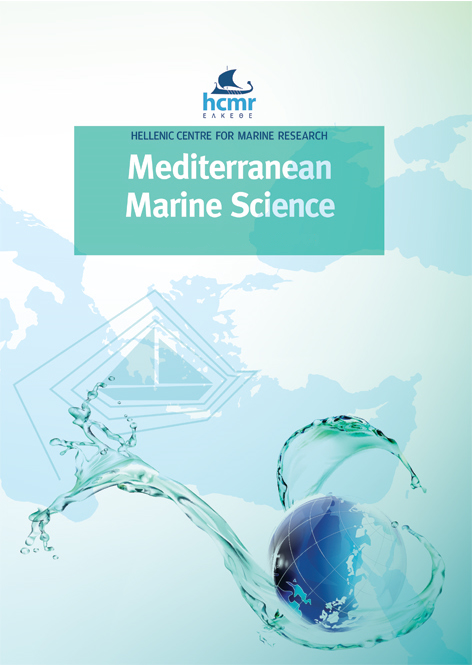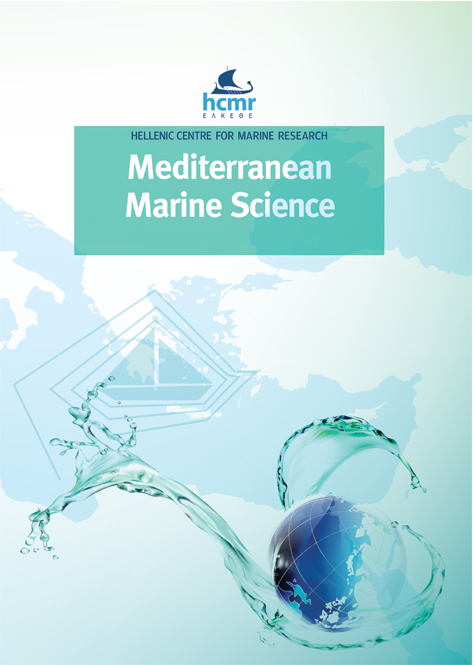In situ observation of circadian rhythm of polyps’ opening and closing of the coral Dendrophyllia ramea (Linnaeus, 1758)
Résumé
A widespread population of the coral Dendrophyllia ramea has been revealed southeast of Syracuse (East Sicily, Italy) at around 75 m depth. Dendrophyllia ramea is an arborescent scleractinian coral, classified as “Vulnerable” in the Mediterranean IUCN Red List and listed in Annex B of the Barcelona Convention. It is considered rare because it is seldom recorded on the Mediterranean seabed. In situ observations of two selected colonies were carried out over three months using a custom-made underwater video recording system to increase knowledge about the ecology of the species, specifically its circadian rhythm. The area was also surveyed using a special navigation system integrated into a diver propulsion vehicle to map the colonies’ position and distribution. The rhythms of the opening and closing of Dendrophyllia ramea’s polyps during the day were studied and linked to environmental factors, such as temperature, water flow, and direction.
The results show that Dendrophyllia ramea opens and closes its polyps according to its circadian rhythm and water flow in analogy with other anthozoans in different environments. The opening/closing frequency analysis showed that both colonies closed at least once daily with different periodicity; one colony closed on average a few hours earlier. This project gathered important information on D. ramea’s circadian rhythm, which is relevant for improving knowledge about the ecology of this species since it provides insights into its feeding behavior, reproduction seasonality, response to environmental changes, interactions with other species, and conservation needs.
Article Details
- Comment citer
-
SALVATI, E., PROVENZANI, C., D’AMBROSI, A., FINOIA, M. G., ROMANO, E., & Canese, S. (2023). In situ observation of circadian rhythm of polyps’ opening and closing of the coral Dendrophyllia ramea (Linnaeus, 1758). Mediterranean Marine Science, 24(3), 574–585. https://doi.org/10.12681/mms.34250
- Rubrique
- Research Article
Authors who publish with this journal agree to the following terms:
- Authors retain copyright and grant the journal right of first publication with the work simultaneously licensed under a Creative Commons Attribution Non-Commercial License that allows others to share the work with an acknowledgement of the work's authorship and initial publication in this journal.
- Authors are able to enter into separate, additional contractual arrangements for the non-exclusive distribution of the journal's published version of the work (e.g. post it to an institutional repository or publish it in a book), with an acknowledgement of its initial publication in this journal.
- Authors are permitted and encouraged to post their work online (preferably in institutional repositories or on their website) prior to and during the submission process, as it can lead to productive exchanges, as well as earlier and greater citation of published work (See The Effect of Open Access).

